When it comes to transporting large shipments or awkwardly-sized freight, choosing the right trailer type is essential. Semi flatbed trailers are a popular choice in the freight industry due to their versatility and ability to carry a wide variety of loads. However, one crucial detail that many transportation professionals often overlook is the concept of overhang. In this detailed guide, we will explore the appropriate levels of overhang on semi flatbed trailers in the USA, including regulations, best practices, and practical considerations to ensure safety and compliance.
What is Trailer Overhang?
Trailer overhang refers to the portion of a load that extends beyond the designated boundaries of the trailer’s deck. It is critical to understand overhang not only for the regulatory compliance but also for the stability and safety of the transportation unit during transit.
Types of Overhang
- Front Overhang: The distance the load extends beyond the front of the trailer’s front deck.
- Rear Overhang: The distance the load extends beyond the end of the trailer.
- Side Overhang: The extends outward from the sides, which can impact road safety and driver visibility.
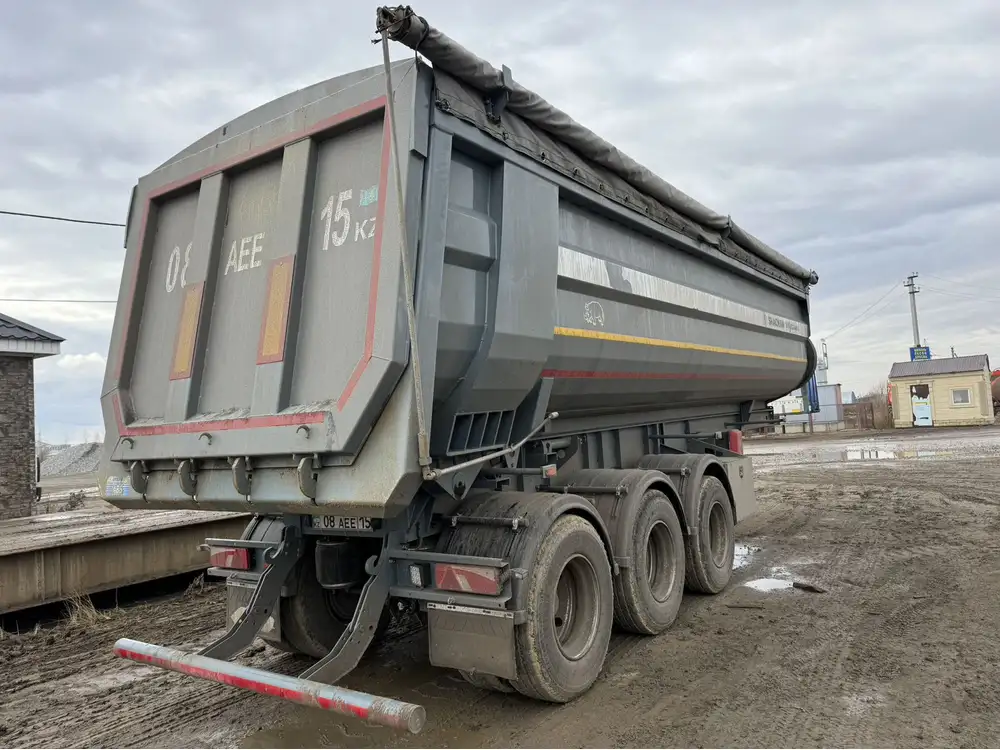
Importance of Proper Overhang Measurement
Properly measuring and managing overhang on a semi flatbed trailer is vital for various reasons:
- Compliance: Ensure that your operations adhere to federal and state regulations regarding load dimensions.
- Safety: Reducing the risk of accidents caused by improperly loaded vehicles.
- Efficiency: Maximizing the use of trailer capacity while maintaining stability during transit.
Regulatory Framework for Overhang in the USA
Understanding the regulations governing overhang can prevent costly fines and ensure safety on the roads. The following sections will elucidate the essential federal and state regulations.
Federal Regulations
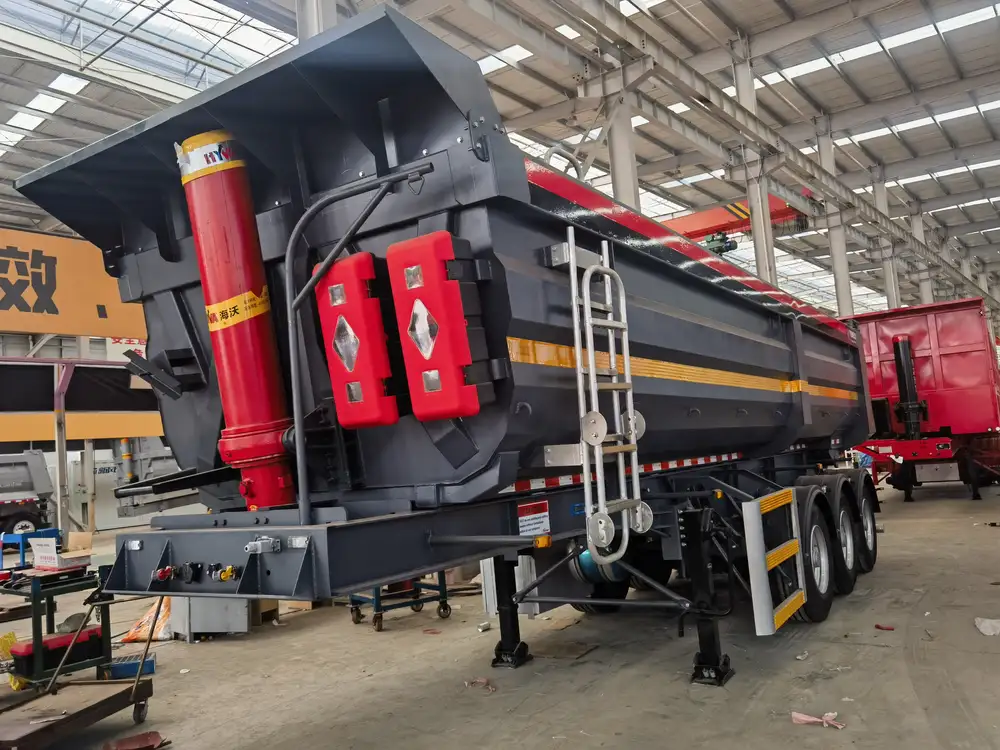
Title 23: Highways
The Federal Highway Administration outlines specific limits on trailer length and load dimensions, which directly influence how much overhang is legally permissible.
- Maximum Length: The federal limit for a semi-trailer, in combination with the tractor, is generally around 65 feet, but this can vary by state.
- Overhang Restrictions: The rear overhang typically cannot exceed 4 feet, measured from the back of the trailer. Front overhang rules may vary based on the configuration of the truck.
State Regulations
While federal regulations provide a baseline, each state has the authority to implement more stringent rules regarding trailer overhang. Here are some examples:
| State | Front Overhang Limit | Rear Overhang Limit | Special Rules |
|---|---|---|---|
| California | 3 feet | 4 feet | Requires red flags for overhangs. |
| Texas | 4 feet | 4 feet | Additional permits for exceeding limits. |
| Florida | 3 feet | 6 feet | Nighttime safety lights required. |
| New York | 4 feet | 4 feet | Prohibition of loads extending beyond max limits. |
Conclusion on Regulations
Always consult the Department of Transportation in your state prior to embarking on a journey with significant overhang, as specific local laws may apply to particular commercial zones or highway types.

Best Practices for Loading
Loading a semi flatbed trailer correctly is essential for preventing overhang-related complications. Below are some industry best practices:
1. Weight Distribution
Maintaining an even weight distribution is vital in preventing both front and rear overhang. Follow these guidelines:
- Center Load: Place heavy items centrally to reduce the likelihood of tipping.
- Even Spacing: Ensure loads are evenly spaced to prevent uneven weight shifts during transit.
2. Use of Securing Equipment
Using the right securing equipment is essential for safe transport:
- Ratchet Straps: Ensure that straps are rated for the weight being transported.
- Chains and Bindings: Use additional chains for heavier loads with significant overhang to ensure stability.
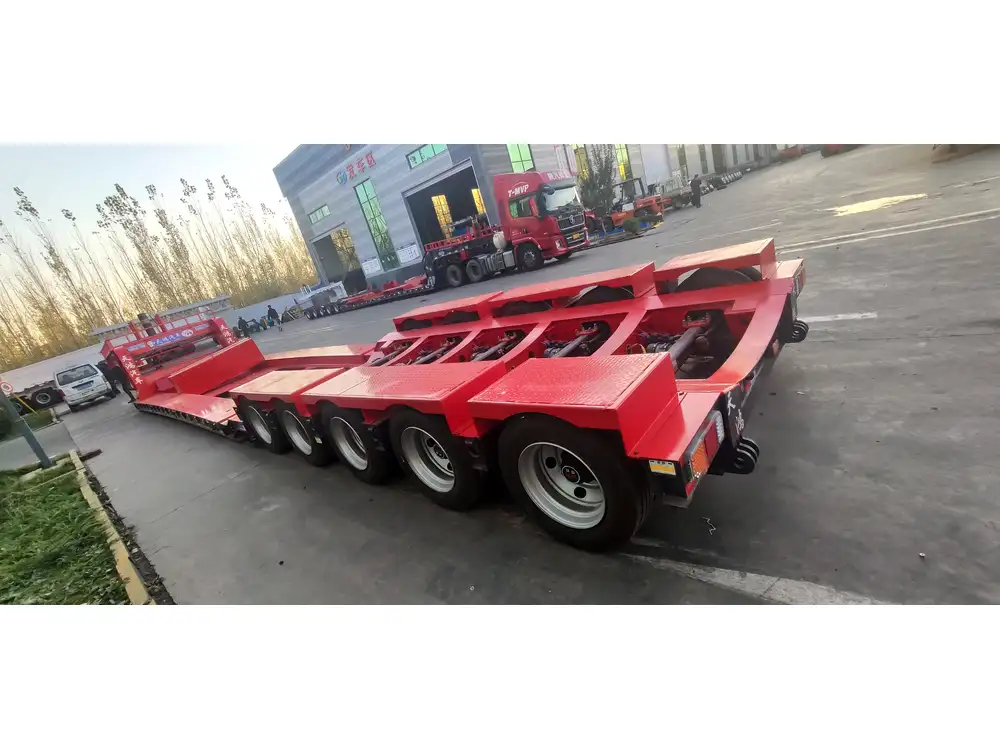
3. Load Leveling
Ensure that loads are as level as possible to minimize the chances of one side dragging or tipping over:
- Check for Balance: Have a spotter check the level of the load from the front, side, and back.
- Bottom Layer Stability: Secure the base of your load first before stacking additional items on top.
Impact on Vehicle Handling
Overhang can significantly affect how a semi-trailer handles on the road. Here’s a breakdown of the key impacts:
1. Increased Turning Radius
An extended rear overhang increases the vehicle’s turning radius. This is particularly important when navigating tight corners or urban areas.
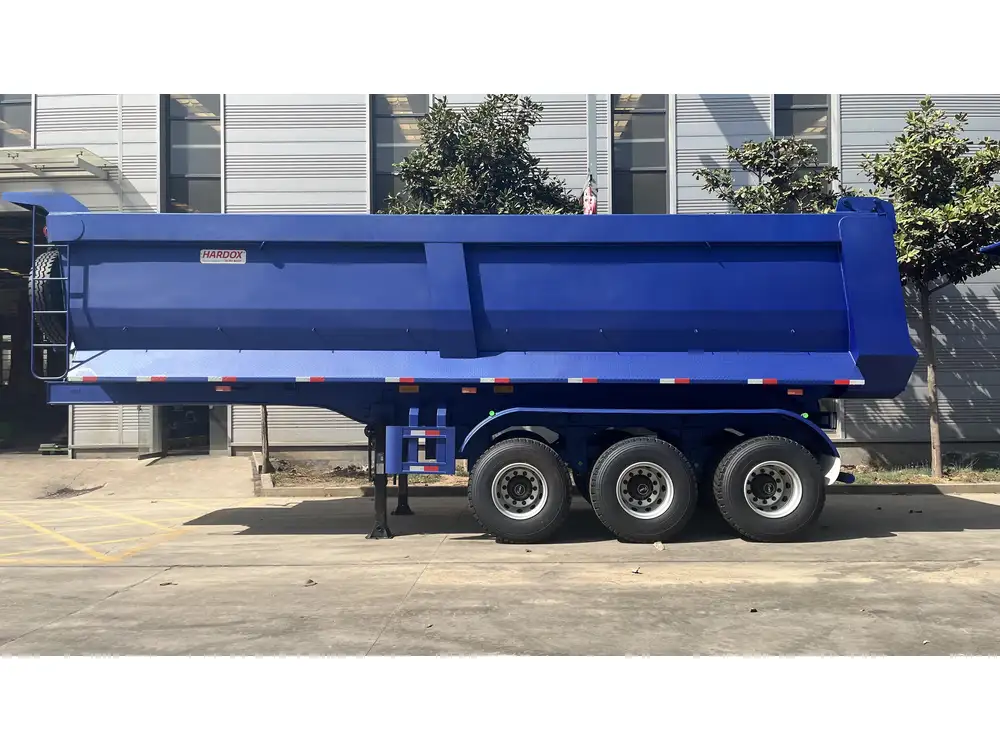
2. Reduced Stability
A significant overhang can destabilize a trailer, leading to potential rollovers, especially if corners are taken too sharply or the road conditions are poor.
3. Load Sway
With improper overhang management, loads can sway or shift during transit, impacting braking and acceleration response. This effect is especially pronounced on uneven surfaces or during sudden maneuvers.
Prevention Tips for Handling Issues:
- Slow Turns: Make sure to reduce speed significantly during turns to mitigate the risks associated with overhang.
- Maintain Safe Distances: Keep a safe distance from other vehicles while driving, ensuring you have sufficient room for turning and stopping.
- Regular Maintenance: Ensure all vehicle components are well-maintained, especially brakes and steering mechanisms, to handle any additional stresses caused by overhang.
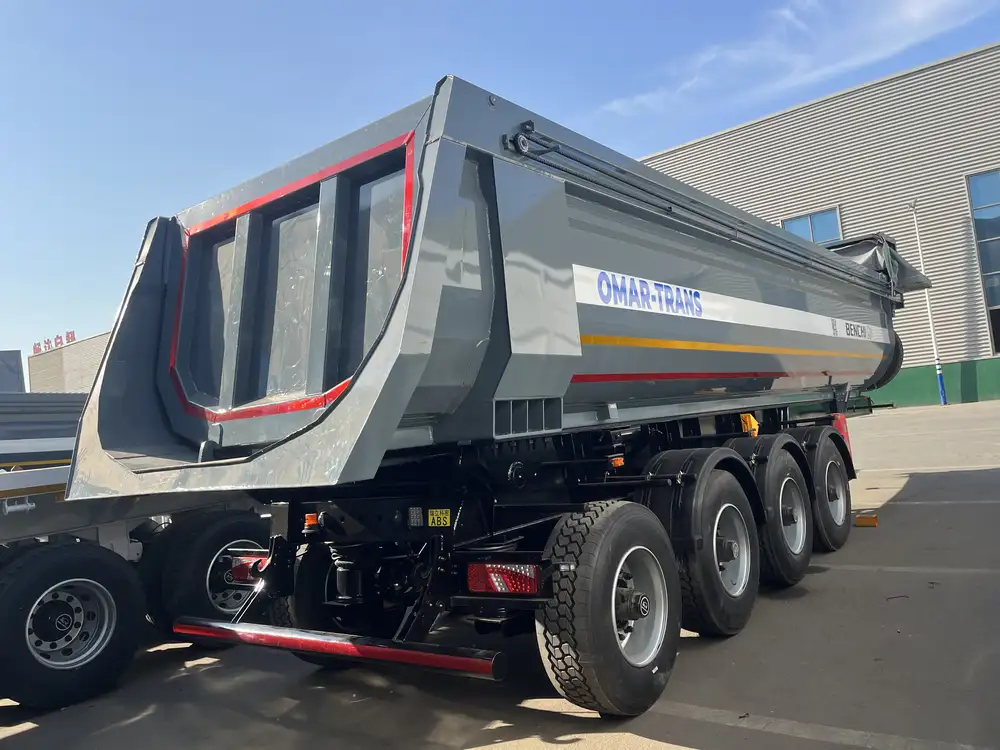
Visualization and Example Scenarios
Visual aids can assist in understanding the importance of proper overhang management. Below, we present examples of potential overhanging scenarios along with their appropriate measurements and implications.
Example 1: Standard Flatbed Load
- Load Type: Steel beams
- Total Length of Trailer: 48 feet
- Front Overhang: 2 feet (acceptable)
- Rear Overhang: 3 feet (acceptable)
Outcome: This configuration is within legal limits and adheres to safety standards, requiring no additional permits.

Example 2: Heavy Equipment Transport
- Load Type: Bulldozer
- Total Length of Trailer: 53 feet
- Front Overhang: 5 feet (exceeds limits)
- Rear Overhang: 4 feet (acceptable)
Outcome: Although the rear overhang is legal, the front overhang exceeds regulations. Permits or alternative loading solutions are necessary.
Navigating Special Circumstances
While most loads fit neatly within federal and state guidelines, there are specialized scenarios that arise which can complicate loading procedures:

Oversized Loads
Transporting oversized loads often necessitates specific measures such as escorts and permits due to increased risks associated with excess lengths or widths. Ensure to consult local guidelines for escort requirements.
Seasonal Considerations
Certain regions may impose stricter overhang restrictions during adverse weather or seasonal road conditions. Awareness of these seasonal laws is crucial for compliance.
Final Thoughts
Mastering the nuances of semi flatbed trailer overhang is essential for manufacturers, transporters, and logistics managers. Overhang affects not just the legality of transport but also the safety and efficiency of hauling cargo. By understanding the intricacies of regulations, best practices for loading, and the impacts of overhang on vehicle handling, industry professionals can make informed decisions that promote operational success.
In summary, maximizing load potential while grounding safety and compliance principles will culminate in greater efficiency in the transportation sector. Remember, adhering closely to federal and state guidelines protects both the load and the driver, ensuring a smooth transit experience every time.



